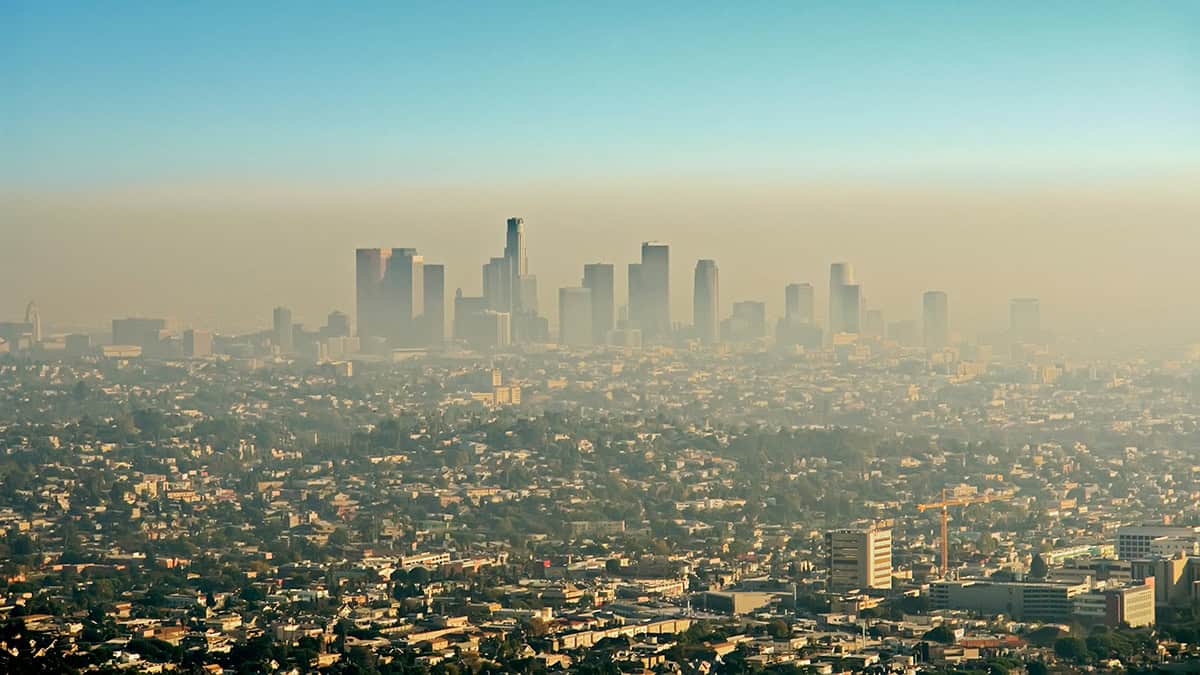Science
Elevating Environmental Physics to Essential University Curriculum

As the impacts of climate change become increasingly evident, the call for integrating environmental physics into university curricula has gained momentum. According to physicist Peter Hughes, it is essential that every physics undergraduate is taught this critical field to effectively confront the pressing environmental challenges of our time.
The urgency surrounding environmental issues is palpable, particularly for communities facing severe consequences such as droughts and flooding. These disasters not only threaten lives but also force mass migrations, underscoring the need for immediate action. Hughes emphasizes that physics has the potential to offer solutions, and environmental physics, in particular, can play a pivotal role in identifying and addressing these problems.
Understanding Environmental Physics
Environmental physics examines how living organisms interact with their surroundings, utilizing fundamental physics principles. It encompasses a broad range of topics, including geophysics, meteorology, climate change, and renewable energy. This interdisciplinary field also addresses the dynamics of the biosphere, hydrosphere, cryosphere, lithosphere, geosphere, and atmosphere.
Historically, environmental physics emerged in the 1950s in the United Kingdom through the pioneering work of physicists Howard Penman and John Monteith. Their research at the Rothamsted Experimental Station, one of the oldest agricultural research institutions globally, laid the groundwork for what has become a vital area of study in modern academia.
Today, various UK universities have begun incorporating elements of environmental physics into their undergraduate programs. Institutions such as University College London, Cambridge, Leicester, Manchester, Oxford, Reading, Strathclyde, and Warwick offer courses that either specialize in or include components of this field. Furthermore, there are currently 17 master’s programs in the UK focused on environmental physics, addressing topics such as nuclear physics and environmental protection.
The Intersection of Technology and Environmental Science
The integration of technology into environmental physics has also transformed the landscape of research and education. Developments in artificial intelligence and machine learning are enhancing the capabilities of environmental monitoring and simulation. For instance, drones are increasingly utilized for environmental assessments, while AI algorithms are becoming instrumental in modeling climate patterns and predicting natural disasters such as earthquakes, hurricanes, and volcanic eruptions.
Hughes argues that the interdisciplinary nature of environmental physics should not only be limited to physics but also include agriculture, biology, chemistry, computing, engineering, geology, and health sciences. This broad scope allows students to engage in hands-on projects, fostering essential skills in data analysis and teamwork.
Moreover, a solid foundation in environmental physics can unlock numerous career opportunities. As the world faces ongoing environmental changes, the demand for skilled professionals in this field is likely to grow.
In addition to technical expertise, Hughes highlights the importance of communication skills developed through environmental physics education. Students are equipped to engage with policymakers and influence decisions at both local and national levels, thereby playing a key role in addressing sociopolitical issues related to environmental challenges.
Hughes concludes that environmental physics should be a mandatory component of every undergraduate physics degree, on par with other fundamental areas such as quantum and statistical physics. By prioritizing this essential subject, universities can empower future scientists to tackle the formidable environmental challenges that lie ahead.
-

 Health3 months ago
Health3 months agoNeurologist Warns Excessive Use of Supplements Can Harm Brain
-

 Health3 months ago
Health3 months agoFiona Phillips’ Husband Shares Heartfelt Update on Her Alzheimer’s Journey
-

 Science2 months ago
Science2 months agoBrian Cox Addresses Claims of Alien Probe in 3I/ATLAS Discovery
-

 Science2 months ago
Science2 months agoNASA Investigates Unusual Comet 3I/ATLAS; New Findings Emerge
-

 Science1 month ago
Science1 month agoScientists Examine 3I/ATLAS: Alien Artifact or Cosmic Oddity?
-

 Entertainment5 months ago
Entertainment5 months agoKerry Katona Discusses Future Baby Plans and Brian McFadden’s Wedding
-

 Science1 month ago
Science1 month agoNASA Investigates Speedy Object 3I/ATLAS, Sparking Speculation
-

 Entertainment4 months ago
Entertainment4 months agoEmmerdale Faces Tension as Dylan and April’s Lives Hang in the Balance
-

 World3 months ago
World3 months agoCole Palmer’s Cryptic Message to Kobbie Mainoo Following Loan Talks
-

 Science1 month ago
Science1 month agoNASA Scientists Explore Origins of 3I/ATLAS, a Fast-Moving Visitor
-

 Entertainment2 months ago
Entertainment2 months agoLewis Cope Addresses Accusations of Dance Training Advantage
-

 Entertainment3 months ago
Entertainment3 months agoMajor Cast Changes at Coronation Street: Exits and Returns in 2025









